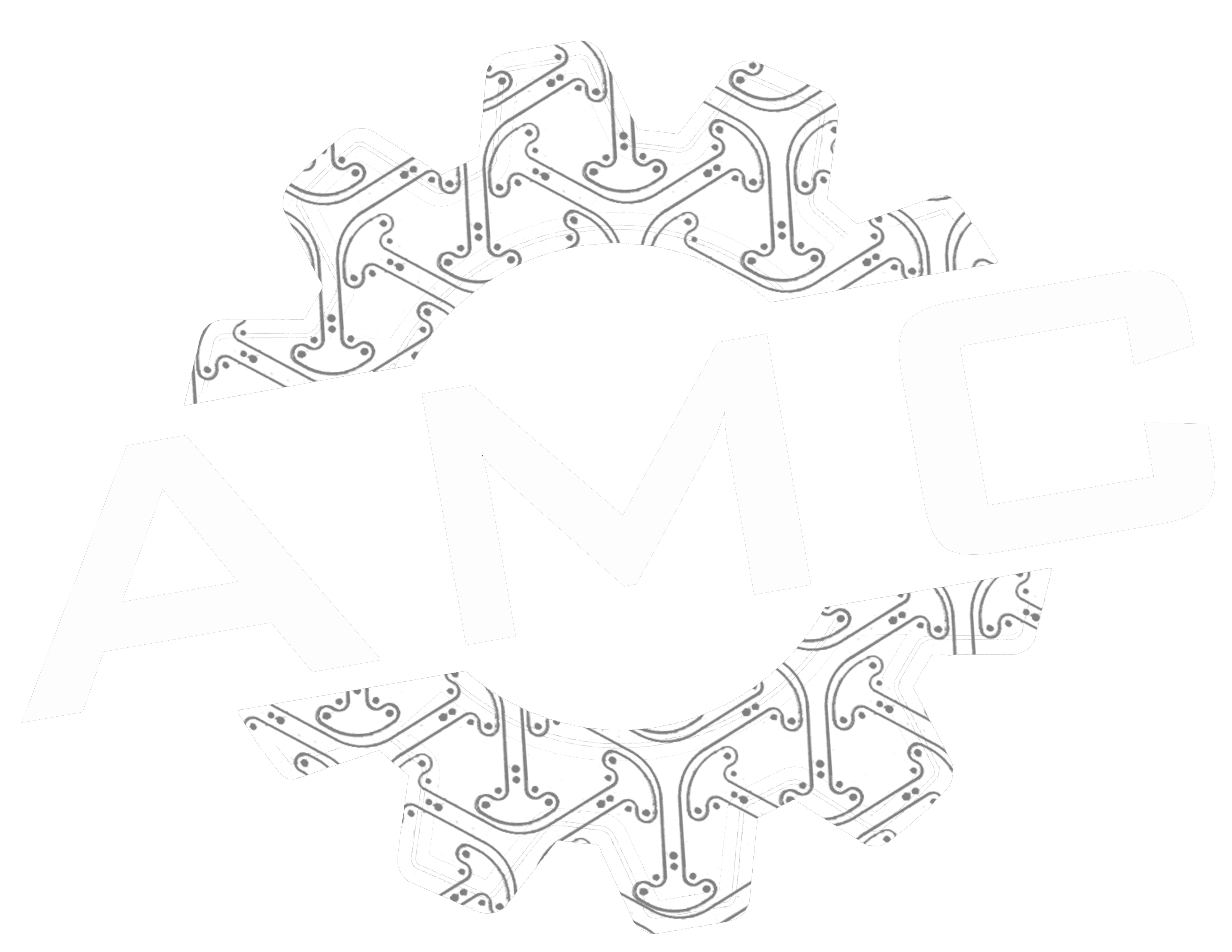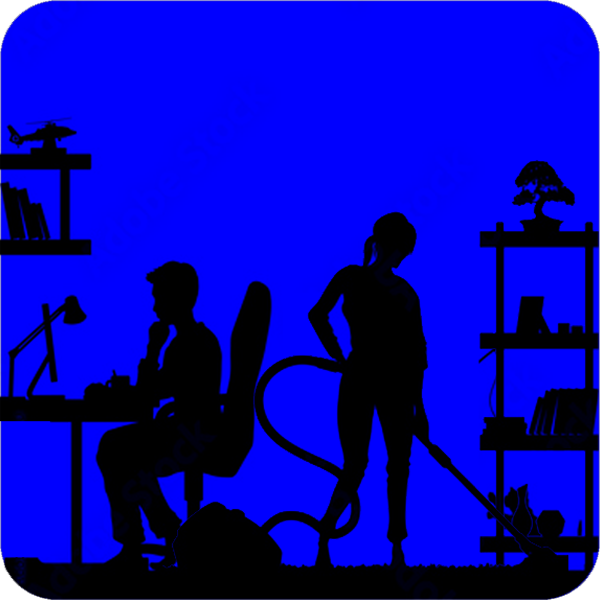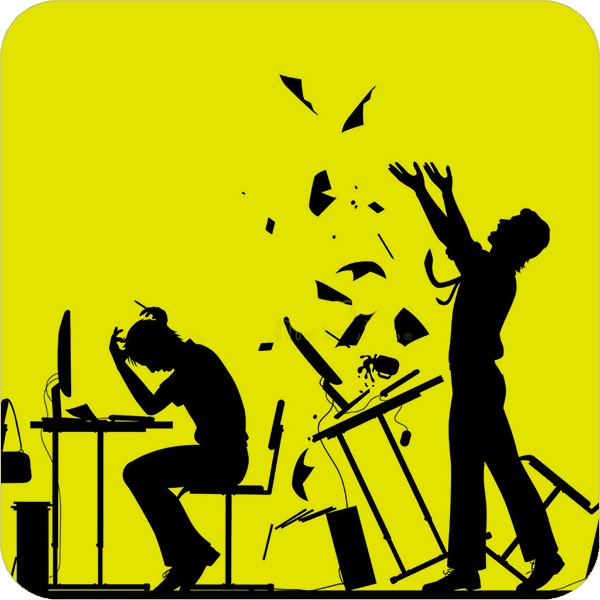
PROJECT: AXIS: ERGONOMICS

Therapeutic
The system is designed to provide support to the user in such a way as to eliminate much of the traditional strains most computer users experience. Most versions of the system provide at a minimum the floating seat, and lumbar support. The elements are as follows:
Floating Seat
This module provides a length compliant solution that has a natural, flexible feel. Along with other elements it provides a floating base that encourages good posture and minor strain to the core of the user. This is achieved by forcing the user to balance in the chair in a manner of speaking. Other elements, such as the narrow primary support structure provide additional enforcement. The seat is also designed shallow to force the user to align to the Lumbar Pillow Block. This is also intended to minimize Deep Tissue Thrombosis and improve circulation through the thighs.
Straddle Saddle
This module provides an option to the user that replaces the standard Floating Seat with its cradle form, to that of a saddle where the legs are intended to be in the equivalent position to that of a crouch or horseback position. The Straddle Saddle is also a length compliant solution that has a natural, flexible feel. Along with other elements it provides a floating base that encourages good posture and minor strain to the core of the user. This is achieved by forcing the user to balance in the chair in a manner of speaking. This option is not compatible with the Axis models, and the standard Leg Rests, instead it gets a set of fold out ankle pegs or stirrups that resemble those of a motorcycle. These are positioned to the rear of the central column of the system.
Pillow Blocks
These modules provide general spinal support aligned and contoured to meet the natural curvature of the spine all the way up the back and neck to the skull. The pillow blocks sit in a narrow support column to encourage the user to align to the pillow blocks, and establish a healthy back alignment.
Shoulder Rest
This module is designed to provide minimal support to the shoulders; originally this was not included in the design. User feedback and observations suggested that users were frightened by the lack of support and became worried about sitting rapidly. Addition of the shoulder unit was done to provide a psychological comfort factor. The results were immediate when the module was introduced, all users felt much more confident.
Elbow Rests
This module is designed to provide support to the elbow of the user. These reinforce the spinal alignment by providing an upper frame reference and reduce shoulder and neck fatigue.
Arm Rests
This feature is designed as an upgrade to the Elbow Rests. The rests are retractable. The Arm Rests can be extended for full arm support, or as wrist support for traditional keyboard operation. This minimizes strains and misalignment that cause problems such as carpal tunnel, shoulder back and neck strain. Optionally the ends of the retractable elements are outfitted with a split keyboard. This keyboard is angled so that when the arms are at rest the hands are automatically in the correct position for typing, and are supported with a raised pommel at the base of the palm.
Leg Rest
This module is designed to support the legs at the knee with minimal force and cup the user’s heels with extending segments. This module is designed to couple to the Floating Seat and moves with the user. This unit is designed to fold into the Floating Seat allowing the user to deploy and lock the Leg Rest or retract it completely out of the way.
Head Rest
This module is designed to support the neck and skull and is dynamically adjusted by the user’s weight. This element is also designed to encourage proper alignment of the neck and spine.
V-Head Rest
This module is designed to support the neck and skull and is dynamically adjusted by the user’s weight. This element is also designed to encourage proper alignment of the neck and spine. This module is also specifically designed to accommodate a pony-tail, other intrusive coifs, or devices attached to the user that are most conveniently draped to the rear of the skull. One example might be cabling for EEG harnessing used in sleep studies.
Dynamic Tension System
The Dynamic Tension System consists of a series of straps, bungee, bridges and blocks. These all work together to create a proportional weight distribution system. The primary function of which is to reapply the users weight back into other elements of the design. The system provides dynamic loading to the systems element or direct kinetic motion for element actuation.
At the base of the system there is an anchor point that links below two sling arms. The position of this anchor along the sling arms determines the primary transfer of energy and motion to the system. Like any other fulcrum, where the anchor point is set determines the ration of weight applied to the anchor. This inversely proportional to the stroke delivered to the direct kinetic linkages. Caution should be taken not to set the anchor point to a point where there is not enough linear motion applied to the system. The anchor may be moved forward from its default position to a rearward for shorter/heavier users and moved towards the forward position for taller/lighter users.
A transfer block located after the sling arms connect both the Primary Dynamic Tensioners which are the direct kinetic transfer elements, and the Secondary Dynamic Tensioners which serve as the compliant load elements. These are run through a Primary Tensioner that adjusts the static load on the system. This is adjusted to increase or decrease the overall pressures transferred to the Pillow blocks. Both Primary and Secondary Tensioners connect to another Transfer block at the top of the system where the Headrest Tensioners connect.
The Tensioners travel along the back of both the Pillow blocks and over each Pillow block’s Paul block bridge. The Paul block serves as the mounting point for the pillow block and provides the contact point for the Secondary Tensioners. These bridges have receiving grooves that accept the bungee and apply the tension in the correct vector.
Pillow Block Design
The Pillow Blocks are a key element in the design of the system and provide the user with the correct support. They’re composed of a series of ribs set onto a mounting plate. These are configured to apply pressure to two parallel lines on either side of the spine. The space provided between the center two ribs is 2” and had no padding. The two ribs on either side are covered with webbing and heavily padded. This padding receives another layer of padding. The design creates a recessed support structure for the spine without applying direct pressure to any of the vertebrae.
Each Pillow block in curved in two axes, one that follows a convex curvature and another that follows a concave curvature to match the Lumbar and Thoracic curvatures.
The back of the pillow block receives a Paul Flap. This is a flat guide piece that mates to a bungee loaded mounting in the chair and allows the pillow to comply with the users’ movement. These are outfitted with optional Paul locks that mount to paddles on the side of the central column. These allow for a “comply, and lock” modality if desired.

Living
Whether you want to create a unique office space with comfort, abandon the desk, save your neck & back, fit into a dorm room, or create your own exciting home theater or gaming experience, we have the options!
WORKING
Going to work every day has more than enough challenges for you to face, but you’ll never have to deal with physical pain when a SPARTAN’s got your back!
Learning & Fun
Looking for a modest footprint and an immersive multimedia experience that won’t leave your spine or your wallet feeling a bit more than cramped?
Space Planning
Have one of our engineers help plan out your customized space with a wide selection of coverings, Bluetooth Enabled, Wireless, Sizes for all Users, Integrated Computers, Ergonomic Features, Integrated Audio, and a variety of components and modules that satisfy the most demanding feature requirements. …and there’s a cup holder!

Ergonomics
noun 1. (functioning as in) the study of the relationship between workers and their environment, esp the equipment used. Also called biotechnology.

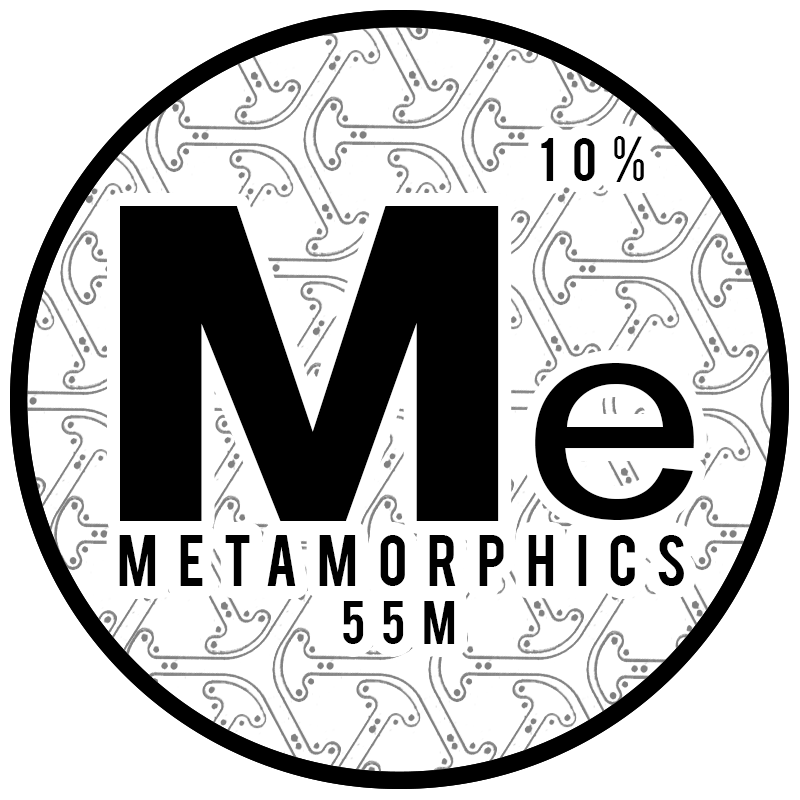
METAMORPHICS
A cutting edge, game changing technology that is about to disrupt entire industries.

AXIS
A new leap in ergonomic seating solutions for home, office, industrial, laboratory and more.
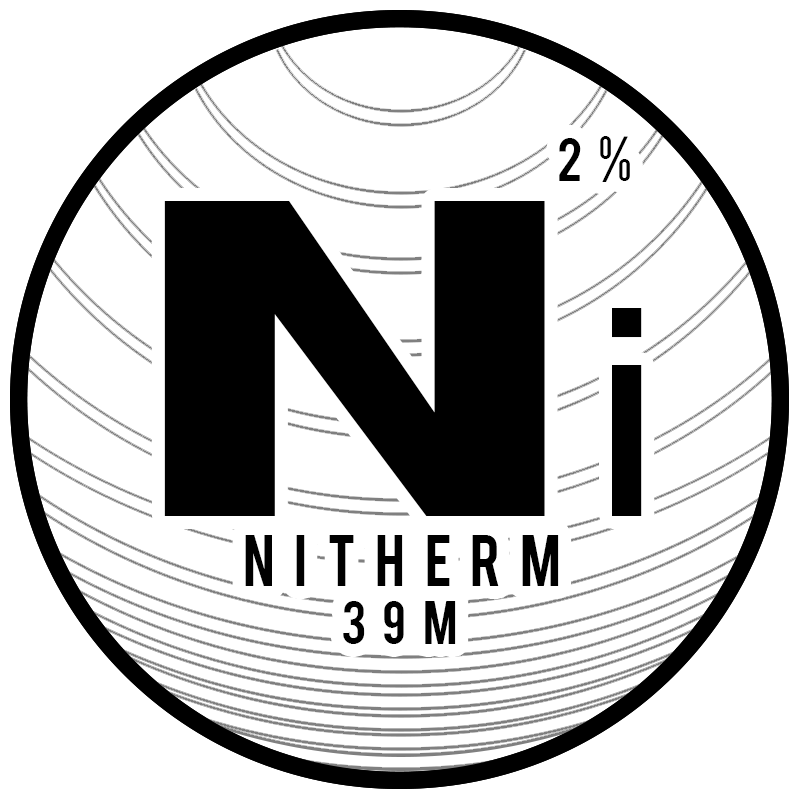
NITHERM
A breakthrough in oral dentistry technology that guides alignment and structure.
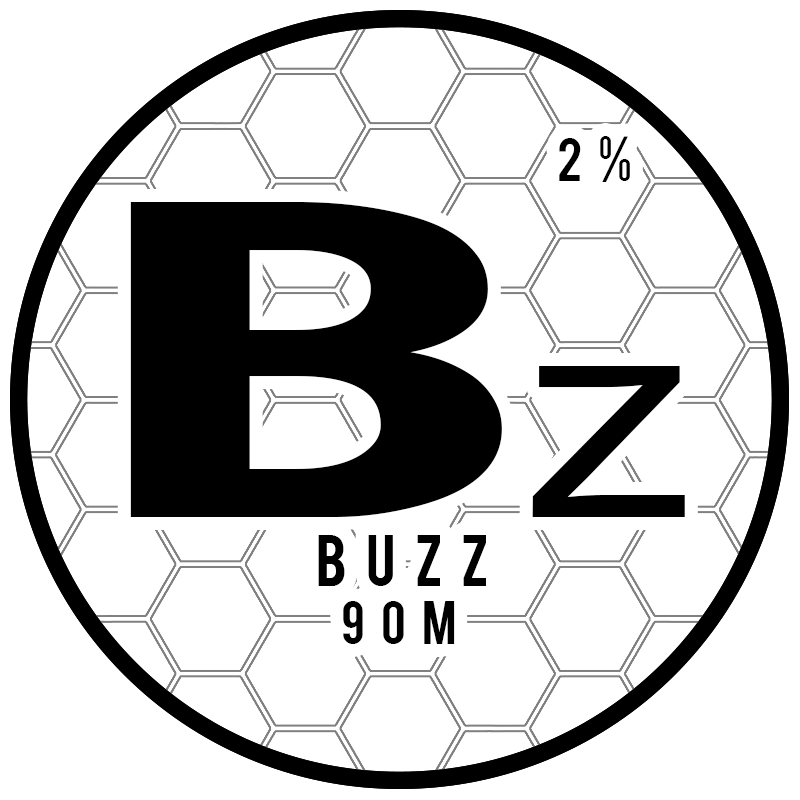
BUZZ
Synthetic bees that work indepentently, or as a swarm, as a mass pollination solution.

FIRESTORM
Protection against extreme heat, fire, and blasts of various kinds, and much, much more.
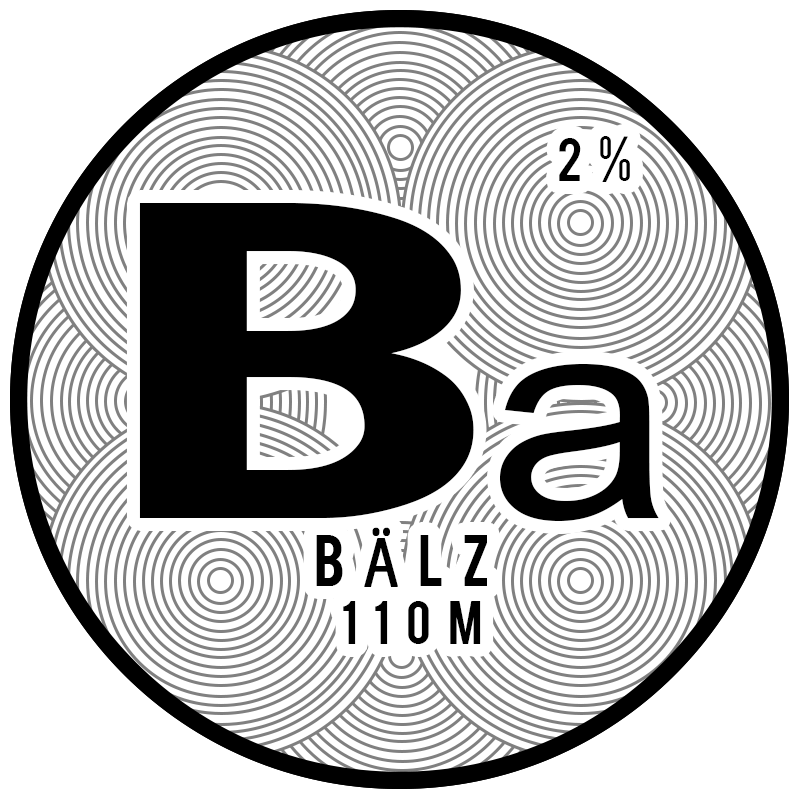
BÄLZ
The ultimate universal mobile footting solution for anything that needs to move.
